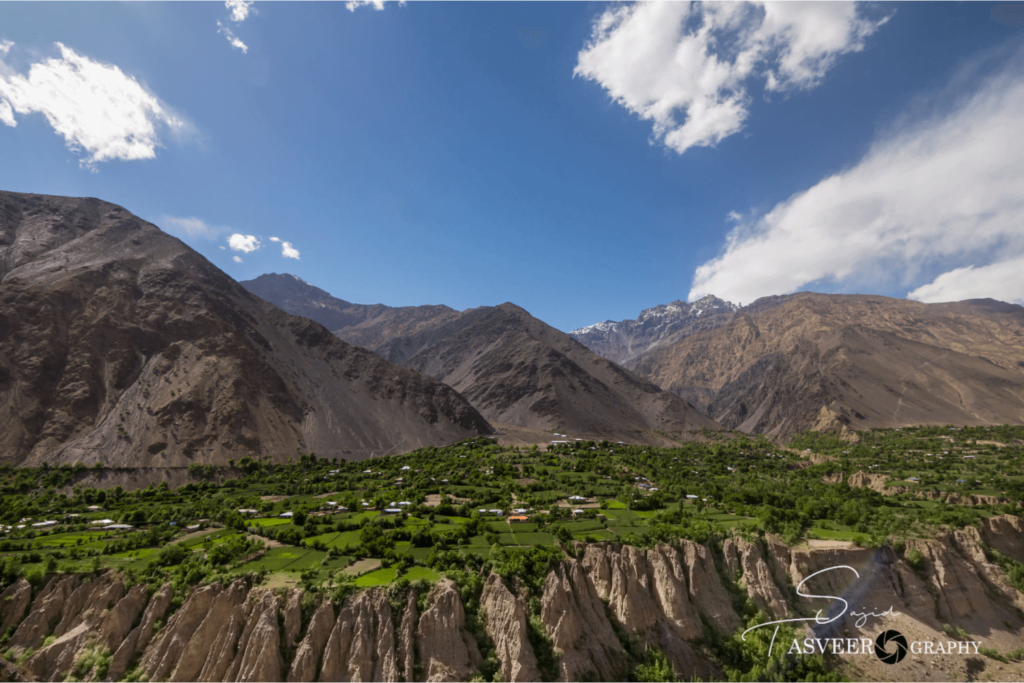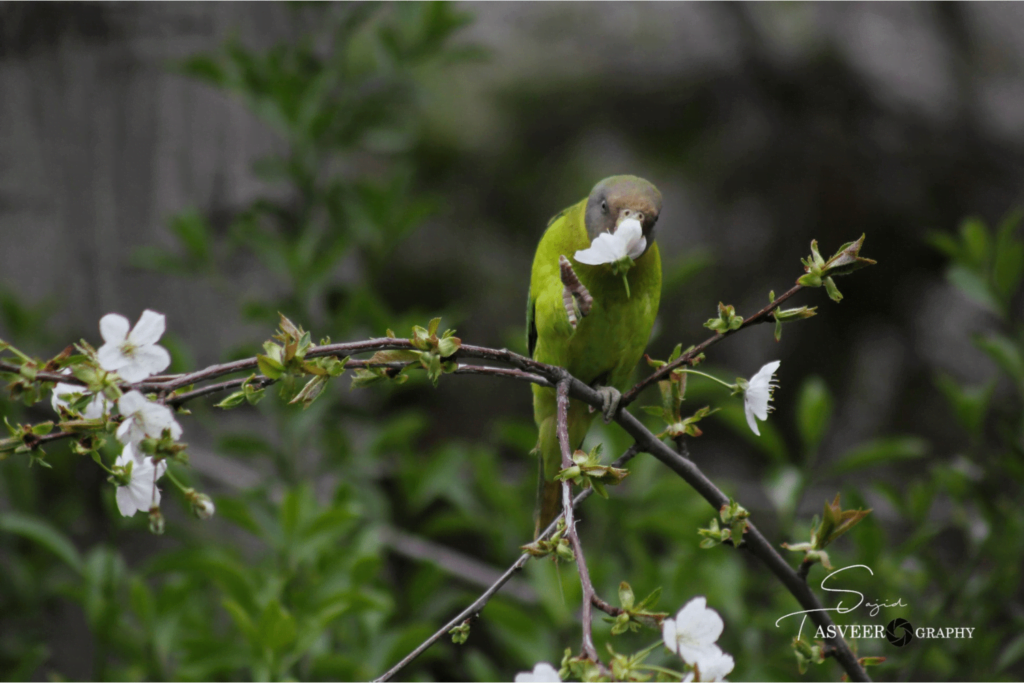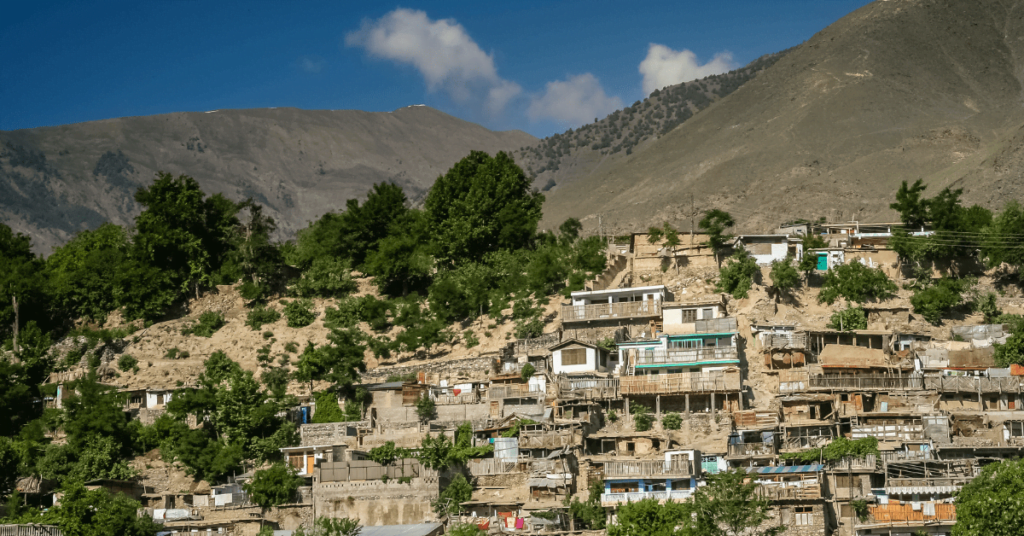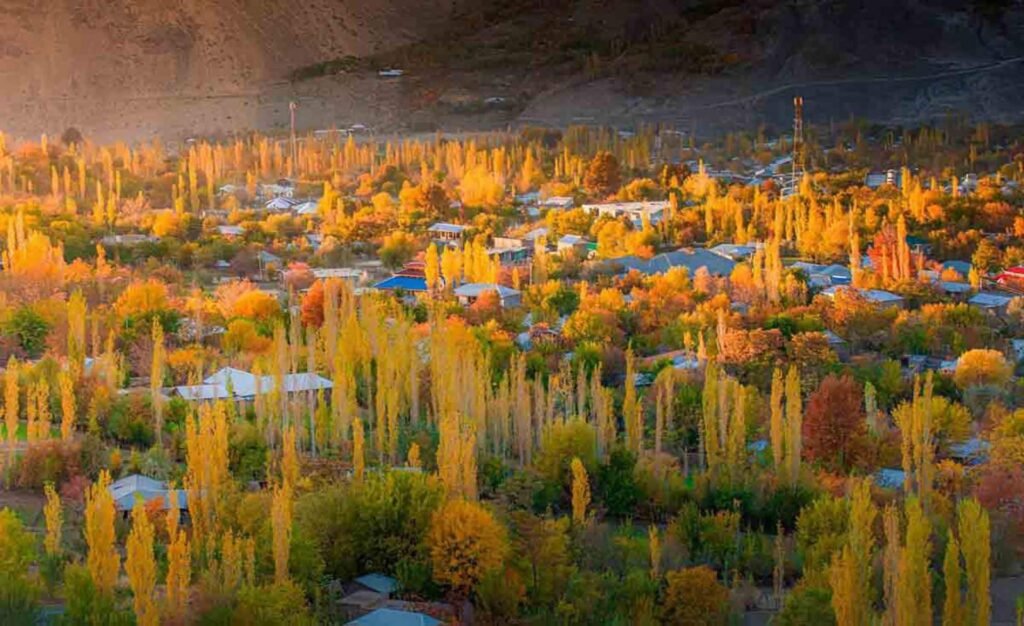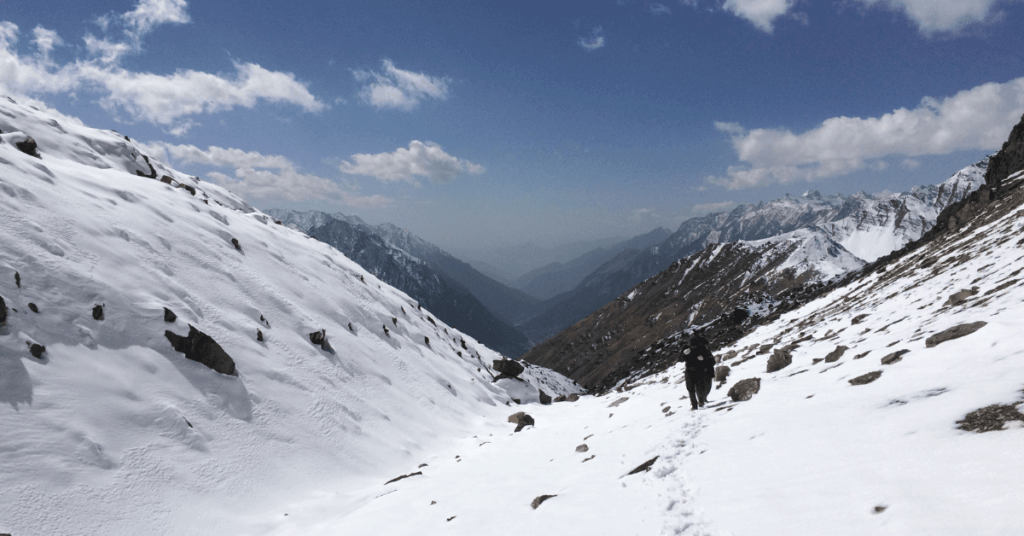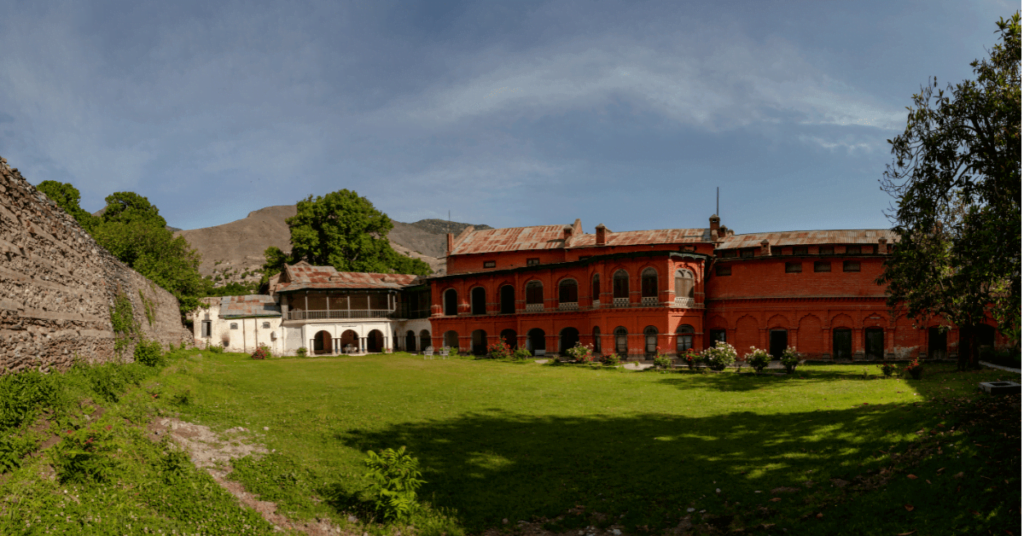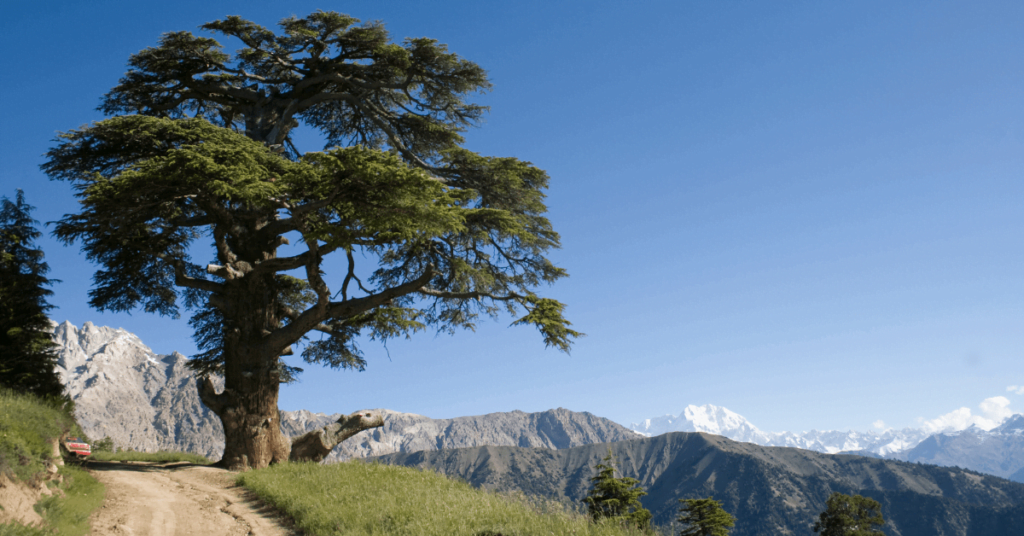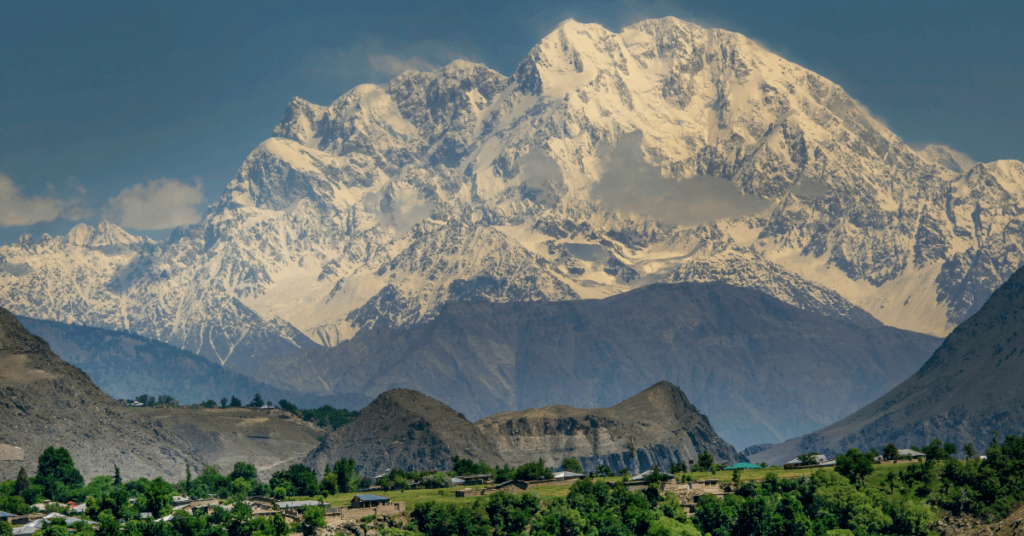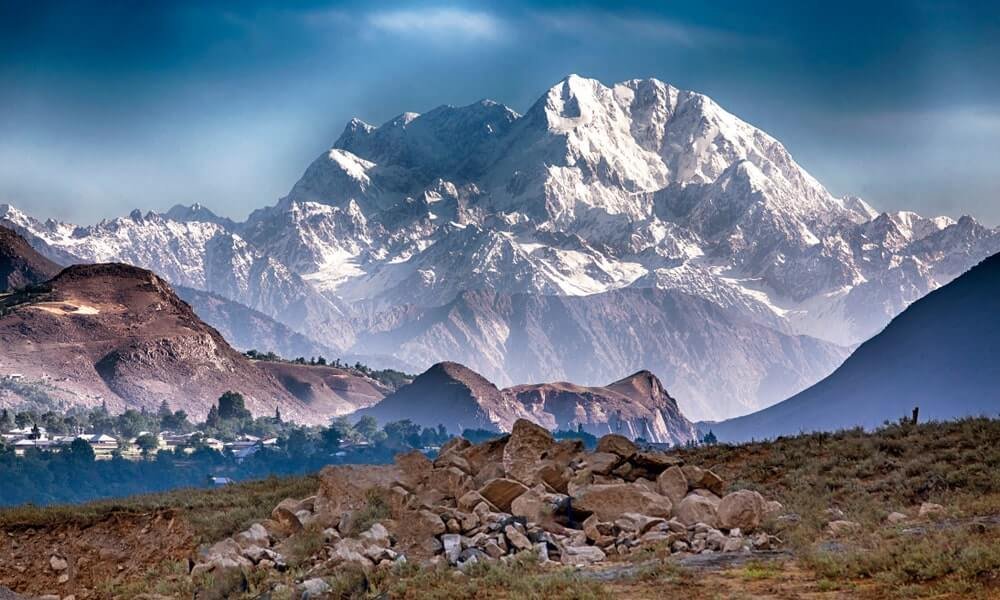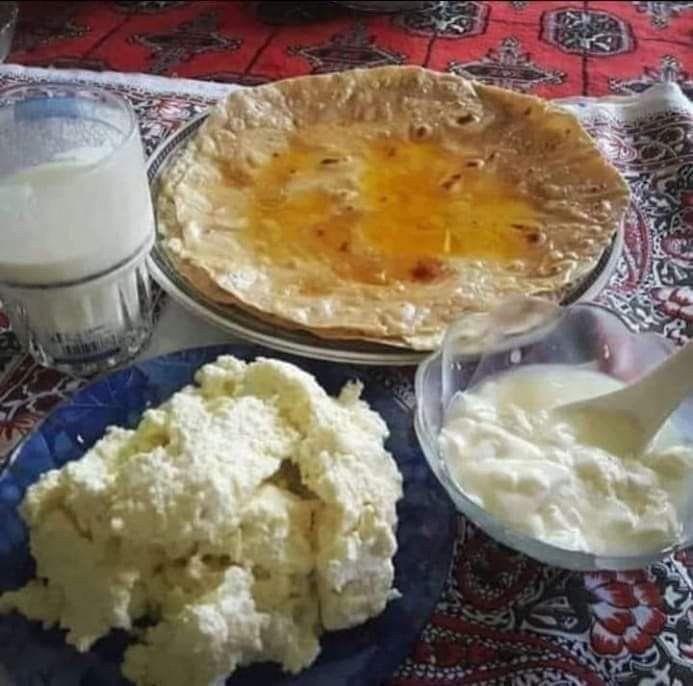Kalash Valley Chitral, cradled in the rugged Hindu Kush mountains, is a vibrant cultural oasis withstood time. If you’ve ever wondered what it’s like to step into a National Geographic documentary (minus the camera crew following you around), a Kalash Valley tour in Pakistan is your ticket to that experience.
Table of Contents
Picture this: you’re on a journey from Chitral to Kalash Valley, winding through breathtaking landscapes, when suddenly you spot people dressed in vibrant attire that would make even the most flamboyant peacock nod in approval. No, you haven’t accidentally stumbled onto a movie set – you’ve just encountered the Kalash, one of the world’s most fascinating indigenous cultures.
As you delve deeper into the Chitral Kalash Valley, you’ll find yourself in a world where ancient traditions aren’t just gathering dust in museums but are alive and kicking (sometimes literally, during their energetic festivals). It’s where the phrase “living history” takes on a whole new meaning, and your Instagram feed is about to get a serious upgrade.
So, fasten your seatbelts, dear readers. We’re about to journey through time, culture, and some seriously impressive headgear. Welcome to Kalash Valley Chitral, where the past is present, and you might forget what century you’re in (don’t worry, we’ll remind you before the tour ends).
Discovering the Kalash Valley: A Cultural Gem in Chitral
The Kalash Valley in Chitral, a hidden gem in northern Pakistan, captivates global wanderers with its unique blend of cultural heritage and scenic splendor. For adventurers craving authentic experiences, the Kalash Valley beckons with its timeless customs and awe-inspiring landscapes.
The Kalash people, with their vibrant culture and distinctive way of life, are the heart and soul of this valley. Their colorful attire, intricate jewelry, and unique religious practices set them apart from other communities in Pakistan. Visitors are often mesmerized by the sight of Kalash women in their traditional black robes adorned with cowrie shells and colorful embroidery, a stark contrast to the more conservative dress typically seen in the region.

Tourism in the Kalash Valley centers around immersive cultural experiences. Travelers can participate in traditional festivals like Chilam Joshi in spring or Choimus in winter, where the air is filled with drumbeats and joyous singing. These festivals offer a rare glimpse into ancient rituals and celebrations that have remained unchanged for centuries.
Sightseeing in Chitral and the Kalash Valley is a feast for the eyes. The journey to the valley is an adventure, with winding roads offering panoramic views of snow-capped peaks and lush green valleys. The Kalash heartland—encompassing the villages of Bumburet, Rumbur, and Birir—invites visitors to immerse themselves in distinct local flavors and authentic cultural exchanges.
The region boasts several historical sites for history buffs and architecture enthusiasts. Though not in the Kalash Valley proper, the Chitral Fort is a popular stop en route, offering insights into the area’s strategic importance throughout history.
Embracing the Kalash Valley, the majestic Hindu Kush mountains offer a natural paradise for adventurers and nature lovers to explore. Trekking routes of varying difficulties crisscross the region, leading to pristine alpine meadows, gushing waterfalls, and remote villages. The clean, crisp mountain air and the chance to spot rare wildlife like the markhor (Pakistan’s national animal) add to the allure.
The opportunity for genuine cultural exchange truly sets the Kalash Valley apart as a tourist destination. Many Kalash families open their homes to visitors, offering homestays that provide an authentic glimpse into their daily lives. These experiences often include sharing traditional meals, learning about local crafts, and engaging in conversations that bridge cultural divides.
Mindful exploration is essential to safeguarding the Kalash Valley’s fragile cultural ecosystem. Visitors are encouraged to respect local customs, seek permission before taking photographs, and contribute to the local economy by purchasing handicrafts and using local guides.
As word spreads about this hidden gem, the Kalash Valley gradually finds its place on the global tourism map. The Kalash Valley in Chitral offers an unparalleled journey through time, bridging ancient traditions with global awareness and rewarding intrepid travelers with unforgettable memories of an extraordinary world.
The Geographic and Historical Context of Kalash Valley
Location and Landscape
The Kalash Valley is in the Hindu Kush mountain range, part of the larger Chitral District in Khyber Pakhtunkhwa province, Pakistan. This remote region comprises three main valleys: Bumburet (also known as Mumuret), the largest and most accessible; Rumbur, known for its traditional villages; and Birir, the most isolated.
Geographically, the Kalash Valley is characterized by:
- Steep, forested mountainsides that rise dramatically from narrow valley floors
- Elevations ranging from approximately 1,900 to 2,200 meters above sea level
- A network of fast-flowing rivers and streams that carve through the landscape
- A climate that varies from cool summers to harsh, snowy winters
This rugged terrain has been crucial in preserving the unique Kalash culture, acting as a natural barrier against outside influences for centuries.
Historical Timeline of the Kalash People
The history of the Kalash is shrouded in mystery and debate, with several theories about their origins:
- Ancient Greek Connection: Some believe the Kalash are descendants of Alexander the Great’s armies, who passed through the region in 326 BCE. Certain linguistic and cultural similarities support this theory, though it remains contentious among scholars.
- Indo-Aryan Migration: Another theory suggests that the Kalash are remnants of early Indo-Aryan migrations into the subcontinent, preserving ancient traditions lost elsewhere.
- Indigenous Development: Some researchers argue that the Kalash culture developed indigenously, adapting to the unique geography of the Hindu Kush over thousands of years.

Key historical milestones include:
- Pre-Islamic Era (Before the 11th century CE): The Kalash culture flourished across a much larger area, including parts of Afghanistan.
- Islamic Expansion (11th-19th centuries): The gradual conversion of surrounding regions to Islam led to the Kalash’s confinement to their current valleys.
- British Colonial Period (Late 19th – Early 20th century): British explorers and anthropologists began documenting Kalash culture, bringing it to wider attention.
- Pakistani Independence (1947): The Kalash areas became part of Pakistan, increasing interaction with the outside world.
- Modern Era (1970s onwards): Growing interest in the Kalash led to tourism development but also raised concerns about cultural preservation.
Throughout their history, the Kalash have maintained their polytheistic beliefs and unique customs despite being surrounded by Muslim-majority regions. This resilience in the face of external pressures is a testament to the strength of their cultural identity and the protective nature of their mountainous home.
Today, the Kalash face the challenge of preserving their traditional way of life while adapting to the modern world. Their history and geography continue to shape their present, making the Kalash Valley a living museum of an ancient culture in the heart of the Hindu Kush.
Unique Cultural Practices of the Kalash Community
The Kalash culture is a vibrant tapestry of ancient traditions that have survived for centuries in the Hindu Kush mountains. Their unique practices set them apart from surrounding communities and continue to fascinate anthropologists and tourists alike.
Kalash Culture: Religious Beliefs and Practices
At the heart of Kalash culture lies a polytheistic belief system that’s rare in the region:
- Pantheon of Gods: The Kalash worships multiple deities, with Dezau as the supreme creator god.
- Nature Worship: They revere nature spirits associated with mountains, rivers, and forests.
- Spiritual Realm: Kalash believes in fairies (Suchi) and demons (Bhut), which influence daily life.
- Animism: Animals, especially goats, play significant roles in rituals and sacrifices.
- Festivals: Religious celebrations like Joshi (spring festival) and Chaumos (winter solstice) are central to Kalash’s spiritual life.
Kalash Culture Dress: A Rainbow in the Mountains
The Kalash culture dress is one of the most visually striking aspects of their identity:
- Women’s Attire:
- Black robes (cew) embroidered with vibrant colors
- Cowrie shell headdresses (kupas) adorned with colored beads and coins
- Intricate necklaces (mik) made of colored glass beads
- Men’s Clothing:
- More subdued, often consisting of woolen tunics and pants
- Traditional Chitrali caps, sometimes adorned with feathers for special occasions
- Significance: The dress is a cultural identifier and indicates marital status and social standing within the community.
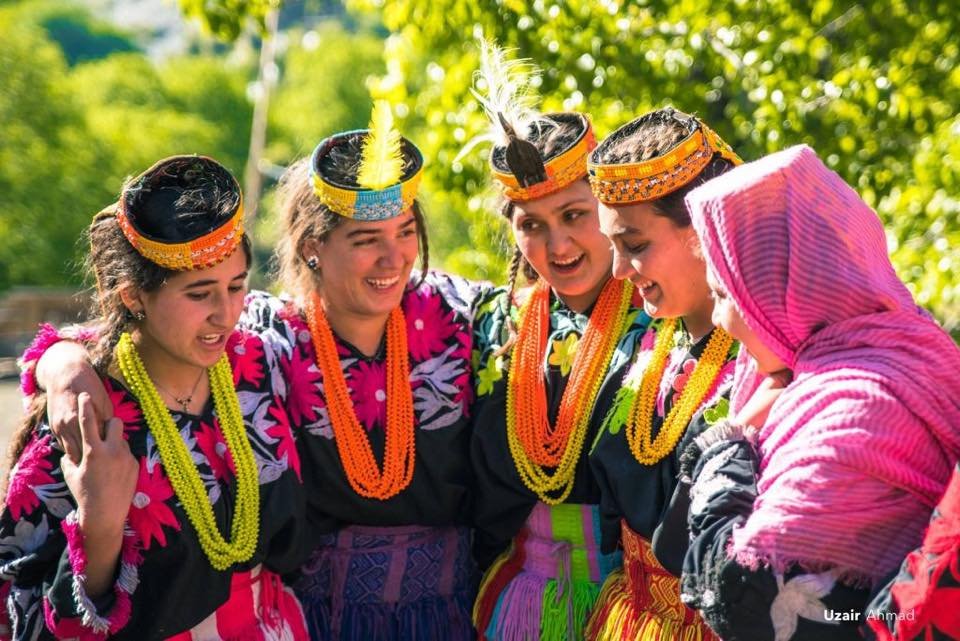
Kalash Culture Dance: Rhythms of Tradition
Dance is an integral part of Kalash festivals and social gatherings:
- Circular Formations: Most dances involve people forming circles or semi-circles.
- Gender Participation: Unlike many surrounding cultures, Kalash dances involve men and women.
- Chaman: A popular dance performed during festivals, characterized by rhythmic stepping and hand movements.
- Musical Accompaniment: Dances are typically accompanied by drums (dushak) and flute-like instruments (srutibox).
- Spiritual Connection: Many dances have religious significance. They are believed to please the gods or ward off evil spirits.
Social Structure and Family Life
The Kalash social structure differs significantly from neighboring Muslim communities:
- Matrilineal Aspects: While not strictly matrilineal, women enjoy more freedom than in surrounding societies.
- Marriage Customs: Love marriages are common; women can choose or change partners.
- Communal Living: Many aspects of life, including childcare and festival preparations, are communal affairs.
Unique Funerary Practices
The Kalash approach to death and burial is distinct:
- Open-Air Funerals: Bodies are not buried but placed in wooden coffins above ground.
- Celebrations: Death is a transition, often marked by feasting and dancing.
- Effigy Tradition: Wooden effigies (gandau) are sometimes created to honor the deceased.
Culinary Traditions
Kalash cuisine reflects their pastoral lifestyle and local agriculture:
- Suri: A cheese made from goat’s milk, often aged in animal skins.
- Ghee: Clarified butter is an integral part of the diet and is used in rituals.
- Wine: Unlike their Muslim neighbors, the Kalash produce and consume grape wine, especially during festivals.
The preservation of these unique cultural practices in the face of modernization and external influences is a testament to the Kalash people’s resilience and deep connection to their heritage. As tourism increases, there’s a delicate balance between sharing their culture with the world and maintaining its authenticity and sanctity.
Kalash Festivals: Celebrating Life and Nature
Kalash Festivals: Celebrating Life and Nature
The Kalash festivals are vibrant expressions of the community’s deep connection to nature, ancestral traditions, and zest for life. They serve as a vibrant portal to their cultural essence, attracting global spectators eager to experience the community’s exuberant traditions firsthand.
Major Kalash Festivals
- Joshi (Spring Festival)
- Timing: Mid-May
- Significance: Welcomes spring and celebrates the arrival of new life
- Activities:
- Ritual purification of people and livestock
- Offerings to deities for the protection of crops and animals
- Traditional dances and songs
- Blessings of young children
- Uchal (Harvest Festival)
- Timing: August
- Significance: Marks the harvest of wheat and other crops
- Activities:
- Offerings of fresh milk and corn to the gods
- Communal feasts featuring newly harvested produce
- Ritual dances to thank nature for its bounty
- Phoo (Autumn Festival)
- Timing: Late September to early October
- Significance: Marks the end of the harvest season and the beginning of winter preparations
- Activities:
- Grape-pressing ceremonies for wine production
- Sacrificial offerings to ensure winter survival
- Traditional sports and games
- Chaumos (Winter Solstice Festival)
- Timing: December (lasts for about two weeks)
- Significance: The most important Kalash festival, celebrating purification and renewal
- Activities:
- Ritual baths in sacred streams
- Torch-lighting ceremonies
- Elaborate feasts and continuous dancing
- Initiation rites for young boys

Common Elements in Kalash Festivals
- Connection to Nature
- Festivals are closely tied to seasonal changes and agricultural cycles
- Rituals often involve natural elements like water, fire, and plants
- Community Bonding
- Festivals bring together Kalash from all three valleys
- Communal preparation and participation strengthen social ties
- Traditional Attire
- Women wear their most elaborate dresses and jewelry
- Men don special headgear, often adorned with feathers or flowers
- Music and Dance
- Each festival features unique songs and dance performances
- Traditional instruments like drums and flutes accompany the celebrations
- Ritual Purification
- Many festivals involve cleansing rituals, symbolizing spiritual renewal
- Wine Consumption
- Unlike their Muslim neighbors, wine plays a significant role in Kalash festivities.
Impact of Tourism on Kalash Festivals
- Increased global interest has brought more visitors to these once-isolated celebrations.
- While tourism provides economic benefits, it also poses challenges to maintaining authenticity.
- The Kalash community strives to balance sharing their culture with preserving sacred traditions.
Experiencing Kalash Festivals as a Visitor
- Respectful observation is welcome, but participation in sacred rituals is usually reserved for community members.
- Visitors should be mindful of local customs and seek permission before taking photographs.
- Local guides offer invaluable cultural context, unveiling the hidden meanings behind festival rituals.
The Kalash festivals offer a rare glimpse into a culture that has maintained its ancient traditions despite modernization. These celebrations mark important agricultural and celestial events and serve as a means of cultural preservation, passing down beliefs and practices from one generation to the next. For visitors, witnessing these festivals can be a profound and unforgettable experience, providing a deeper understanding of the Kalash people’s harmonious relationship with nature and their unique place in the tapestry of human culture.
Traditional Kalash Attire and Craftsmanship
The Kalash people are renowned for their vibrant and distinctive traditional attire, which visually represents their unique culture. This clothing and intricate craftsmanship set them apart from neighboring communities and have become iconic symbols of their identity.
Women’s Attire
- Cew (Black Robe)
- The foundation of women’s clothing
- Made from black wool, often handwoven
- Reaches from neck to ankles
- Embroidered with vibrant colors, typically red, orange, yellow, and green
- Kupas (Headdress)
- Elaborate headdress adorned with cowrie shells
- Decorated with colored beads, buttons, and bells
- Often features hanging tassels or pom-poms
- Different styles can indicate marital status or social position
- Mik (Necklaces)
- Multiple strands of colorful glass beads
- Often incorporate coins or metal pendants
- Can be pretty heavy, with some weighing several kilograms
- Piran (Embroidered Shirt)
- Worn under the cew
- Features intricate embroidery around the neckline and sleeves

Men’s Attire
- Shalwar Kameez
- Similar to the traditional dress of neighboring regions
- Usually made of cotton or wool, depending on the season
- Pakol (Hat)
- Woolen round-topped hat
- Similar to the Chitrali cap worn in surrounding areas
- Waistcoat
- Often worn over the kameez
- May feature embroidery or other decorative elements
Craftsmanship and Accessories
- Embroidery
- A hallmark of Kalash craftsmanship
- Intricate patterns often depict natural elements or geometric designs
- Bright colors are used, contrasting with the black base of women’s robes
- Techniques are passed down through generations
- Jewelry Making
- Skilled artisans create elaborate necklaces, bracelets, and earrings
- Materials include beads, silver, coins, and sometimes semi-precious stones
- Each piece often holds cultural or spiritual significance
- Weaving
- Traditional looms are used to create textiles
- Wool from local sheep is commonly used
- Patterns and techniques are unique to the Kalash
- Woodcarving
- Skilled woodcarvers create decorative elements for homes and temples
- Wooden effigies (gandau) are carved to honor deceased ancestors
Significance and Symbolism
- Cultural Identity: The distinct attire serves as a visual marker of Kalash identity
- Social Status: Variations in dress can indicate age, marital status, or social position
- Spiritual Protection: Some elements of the attire, particularly jewelry, are believed to offer protection against evil spirits
- Seasonal Changes: Clothing adapts to the harsh mountain climate, with heavier wool garments for winter
Preservation and Modern Influences
- Efforts are being made to preserve traditional craftsmanship techniques
- Some younger Kalash are adopting more modern dress for everyday wear, reserving traditional attire for special occasions
- Tourism has created a market for Kalash-inspired crafts, both supporting and potentially commercializing local artisans
Experiencing Kalash Attire and Crafts
- Visitors can observe traditional dress during festivals and daily life in Kalash villages.
- Local markets often sell handcrafted Kalash jewelry and textiles
- Some artisans offer workshops where visitors can learn about traditional crafting techniques
The traditional attire and craftsmanship of the Kalash people are not just aesthetically striking but also deeply intertwined with their cultural identity, spiritual beliefs, and way of life. As the community navigates the challenges of modernization, these tangible expressions of their heritage serve as a vital link to their past and a source of pride in their unique culture.
Challenges and Conservation Efforts in Kalash Valley
While a cultural treasure, the Kalash Valley faces numerous challenges in the modern world. Simultaneously, various conservation efforts are underway to preserve this unique heritage. Understanding these challenges and efforts is crucial for anyone interested in the future of this remarkable community.
Challenges Facing the Kalash Valley
- Cultural Erosion
- Influence of mainstream Pakistani culture and modern mediaYounger generations are increasingly adopting non-traditional lifestyles
- A decline in the number of Kalash language speakers
- Religious Pressure
- Conversions to Islam from surrounding communities
- The diminishing population of polytheistic Kalash
- Economic Hardships
- Limited economic opportunities within traditional Kalash occupations
- Dependency on subsistence agriculture and tourism
- Environmental Issues
- Deforestation affects the local ecosystemClimate change impacting agricultural practices
- Natural disasters like floods threatening villages
- Tourism-related Challenges
- The commodification of culture for tourist consumptionDisruption of traditional life during peak tourist seasons
- Potential for cultural misunderstanding and disrespect
- Education and Healthcare
- Limited access to quality education while preserving cultural values
- Inadequate healthcare facilities in remote valleys
- Population Decline
- Estimated population of only 3,000-4,000 Kalash remaining
- Concerns about genetic diversity and the long-term survival of the community
Conservation Efforts
- Cultural Preservation Initiatives
- Documentation of Kalash language, myths, and traditions
- Establishment of Kalash museums and cultural centers
- Support for traditional festivals and rituals
- Educational Programs
- Schools that teach both modern subjects and Kalash language/culture
- Scholarships for Kalash students to pursue higher education
- Sustainable Tourism Development
- Training local guides to provide accurate cultural information
- Implementing responsible tourism guidelines
- Encouraging eco-friendly accommodations
- Economic Empowerment
- Promoting Kalash handicrafts in national and international markets
- Supporting agricultural diversification and organic farming practices
- Microfinance initiatives for local entrepreneurs
- Environmental Conservation
- Reforestation projects in the valleys
- Sustainable water management systems
- Climate change adaptation strategies for agriculture
- Legal and Political Advocacy
- Recognition of Kalash as a distinct ethnic and religious minority in Pakistan
- Efforts to secure land rights and protect sacred sites
- International Support
- UNESCO recognition and support for cultural preservation
- Collaborations with international anthropologists and researchers
- NGO-led development projects focusing on health, education, and infrastructure
- Healthcare Initiatives
- Mobile health clinics serving remote areas
- Training of local health workers in both modern and traditional medicine
- Technological Integration
- Documentation of culture through digital archives
- Use of social media to raise awareness about Kalash culture globally
Balancing Preservation and Progress
Striking a delicate equilibrium between cultural preservation and socioeconomic progress remains the paramount challenge for the Kalash community. Efforts are being made to:
- Involve the Kalash community in decision-making processes
- Encourage sustainable development that aligns with cultural values
- Promote cultural pride among younger Kalash generations
How Visitors Can Contribute
- Honor Kalash traditions and request consent before capturing images, ensuring cultural sensitivity.
- Purchase authentic Kalash crafts to support the local economy
- Consider donating to reputable organizations working on Kalash conservation
- Share experiences responsibly to raise awareness without sensationalization
Preserving Kalash culture and their valley is a delicate and ongoing process. While challenges are significant, the combined efforts of the Kalash community, Pakistani government, and international organizations offer hope for the sustainable future of this unique culture. Visitors to the Kalash Valley play a crucial role in this conservation effort through responsible and respectful engagement with the community and its traditions.
Additional Resources

